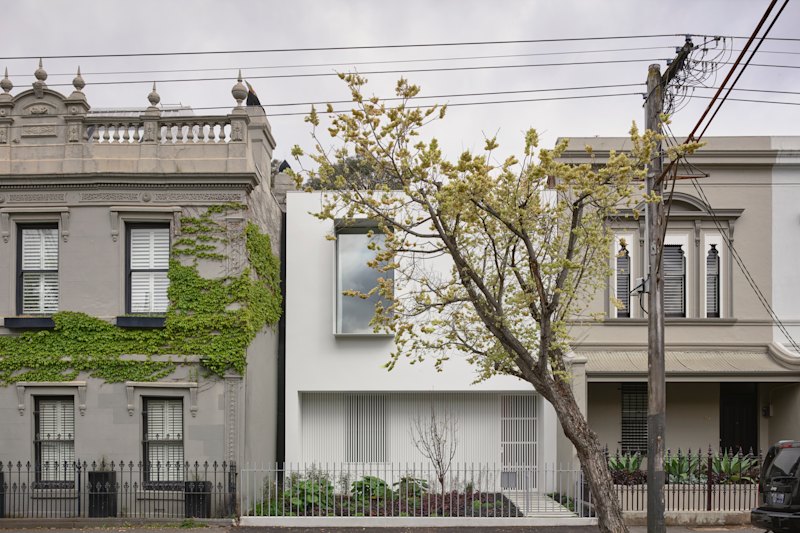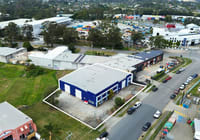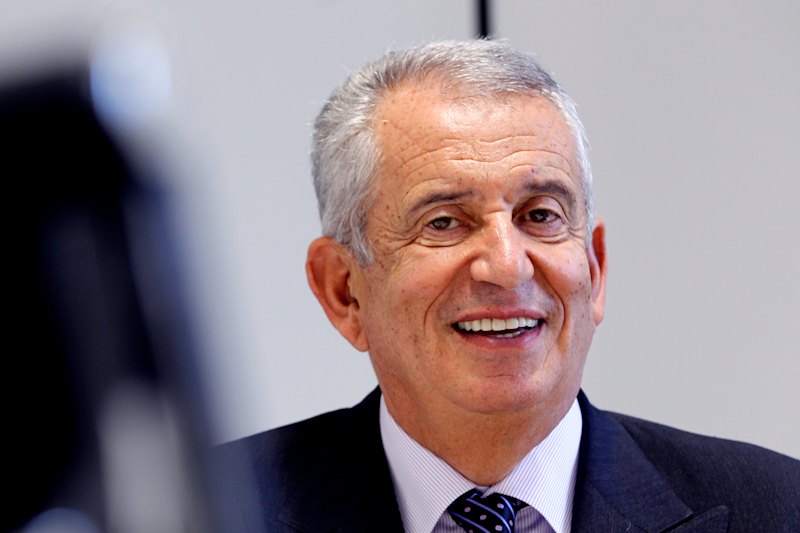
How industry champions and underdogs spent their dough in the 'crucial' past financial year – report
Industrial property remains strong, retail has bounced back, and the office market may be starting to settle, according to an industry expert.
Vanessa Rader, head of research at Ray White Commercial, reveals the successes and setbacks in property performance this past financial year in a recently published research report.
Following years of economic uncertainty and high interest rates, the commercial real estate sector was predicted to undergo a significant transformation in 2025, and it has.
“Australia’s commercial property landscape experienced a dramatic reshuffling during the 2024/25 financial year,” says Rader, in her report, The sector shuffle: commercial property asset performance 2024/25.
“As we transition into 2025/26, the market is positioned for selective recovery.”
Overall, the past year signalled a turning point, as different types of property adjusted to post-pandemic changes and shifting investor priorities.
The winners and losers
As predicted, retail skyrocketed ahead as Australia’s standout performer, leaping ahead by 19.2 per cent in the 2024/2025 financial year, says Rader.
Meanwhile, some asset classes have moved the party poppers into storage for the time being.
Medical and childcare assets plunged by a massive 28.9 per cent in the past year.
All in all, the financial year’s commercial spending tallies up to $59.9 billion across 7754 transactions, a drop of nearly 20 per cent on the year prior.
“The 18.5 per cent reduction in deal numbers masks a fascinating story of sector rotation as institutional and offshore capital aggressively pursued fewer but significantly larger transactions, fundamentally altering the competitive dynamics across asset classes,” says Rader.
Industrial
Despite the shake-up, the industrial sector represents 31.6 per cent of sales, standing its ground as the largest sector by sheer volume, says Rader.
It clocked up $19 billion, buoyed by data centres, which benefited from substantial institutional and offshore investment, she says.
“Despite a modest 1.6 per cent decline from the previous year’s $19.3 billion, the industrial sector demonstrated continued appeal across traditional warehousing, logistics facilities, and the increasingly significant data centre segment,” says Rader.
“The sector’s appeal stems from its defensive characteristics, low vacancy rates, and continued demand from e-commerce and logistics operators,” she says.
“Data centres, in particular … are driving significant value appreciation within the broader industrial classification. The 16.3 per cent reduction in transaction numbers to 3548 deals indicates consolidation toward larger assets, with institutional investors and offshore capital targeting premium logistics facilities and specialised industrial assets.”
Retail
The ongoing shift toward fewer, higher-value transactions continues in retail.
The retail sector emerged as the top performer in 2024/25, with transaction volumes rising by 19.2 per cent to $14.6 billion, accounting for 24.3 per cent of total market activity, Rader found.
“This substantial recovery validates predictions of a retail renaissance, underpinned by limited new supply, strong population growth, and successful adaptation of retail formats inline with new trends,” says Rader.
Investor interest was broad-based, spanning neighbourhood centres, sub-regional assets, and strip retail.
Private investors were particularly active in the sub-$20 million range, while institutional and offshore capital focused on larger portfolio acquisitions.
“Despite the strong volume growth, transaction numbers declined 21.3 per cent to 1472 deals, again reflecting the trend toward larger transactions,” says Rader.
Office
Return-to-office policies were expected to accelerate demand in the high-end office sector as investors weighed up whether to re-enter the commercial real estate market after a long hiatus, as it grappled with the new world order.
As it turns out, the office sector has snaffled a victory – albeit a baby step in the right direction.
It recorded $12.5 billion in investment activity in 2024/25, accounting for 20.9 per cent of total market turnover, a modest 2.1 per cent rise from the previous year.
“This continues the structural adjustment within the sector, reflecting ongoing high vacancy rates and the permanent impact of hybrid working arrangements,” says Rader.
“Return-to-work patterns have varied significantly across states, creating volatility in take-up rates and further complicating market dynamics.
Investors are seeking out “quality” offices in good locations worthy of luring workers back, and paying more for all the hard work to be done for them. It might also be time to consider picking up a lower-grade asset and flipping it, with potential bargains on the horizon.
“Prime assets have performed best, attracting both institutional and offshore investors seeking quality, while secondary grade stock faces mounting pressure with potential for further value declines,” she says.
Back in January, Rader noticed: “Metropolitan assets with strong tenant covenants and modern amenities are attracting renewed interest, particularly buildings that have already undergone ESG [environmental, social and governance] upgrades.”
Looking back to the previous year, deal volumes dipped 18.8 per cent to just 1,306 transactions.
Meanwhile, development activity remains in a chokehold.
“The high cost of construction driven by labour shortages and extended project timelines has put pressure on development viability, ironically supporting effective rents as new supply remains constrained despite raw material costs moderating,” she adds.
Development
High building costs and long project timelines are making developments harder to get off the ground, and the figures show this strain.
Development site sales totalled $9.4 billion, making up 15.6 per cent of all property market activity, Rader reports.
“Though this marked a significant 15.8 per cent decline from 2023/24 levels,” she adds.
Still, the strong level of activity shows that many investors remain confident about future opportunities – especially in residential and mixed-use projects.
Private investors and developers are leading the charge, while listed property groups are being more selective, focusing on bigger sites, she says.
Hospitality
The hotel and pub sector poured $2.9 billion into the till, representing 4.8 per cent of total transactions, a slight knock from the previous year.
As a whole, industry insiders may prefer to hold off on popping the bubbles, suffering a 1.3 per cent dip from the year prior.
But, Rader says it’s not all gloom and doom, with tourism on its path back to full strength.
“The sector continues to benefit from tourism recovery and strategic repositioning of assets, with both domestic and offshore capital showing interest in quality hospitality assets,” she adds.
Medical and childcare
This asset class has dropped like the famous crystal ball in Times Square on New Year’s Eve.
Collectively, medical and childcare facilities experienced a dramatic 28.9 per cent drop from 2023/24 levels.
Sales rang in at $1.7 billion, a 2.8 per cent slice of the action.
“This reduction reflects increased selectivity from investors in these previously popular alternative asset classes, with buyers becoming more discerning about location, operator quality, and long-term demographic trends,” says Rader.
It comes amid a renewed government focus on cleaning up the childcare sector from dodgy operators, following tragic revelations of abuse.
Interest rates
As predicted, Australia’s stable economy is encouraging more investment.
Lower interest rates have started to lift confidence – with even more cuts expected – which should boost sales, especially in strong sectors like industrial and retail.
However, some sellers are still cautious due to international volatility. There are wars, a US president spruiking his own Trump-brand gold courses while meeting global leaders, as tariffs still loom. Caution is a natural by-product.
“While sellers remain in a cautious holding pattern due to global economic uncertainties, the combination of improving interest rate conditions and Australia’s relatively stable economic environment suggests increased investment activity ahead,” says Rader.
“The industrial sector’s continued strength, retail’s strong recovery, and potential office market stabilisation indicate a market adapting to structural changes while maintaining its appeal to both domestic and international investors.”
“The data suggests 2024/25 represented a crucial transition year, with asset classes experiencing varied fortunes reflecting their adaptation to post-pandemic market dynamics and evolving investor preferences.”










